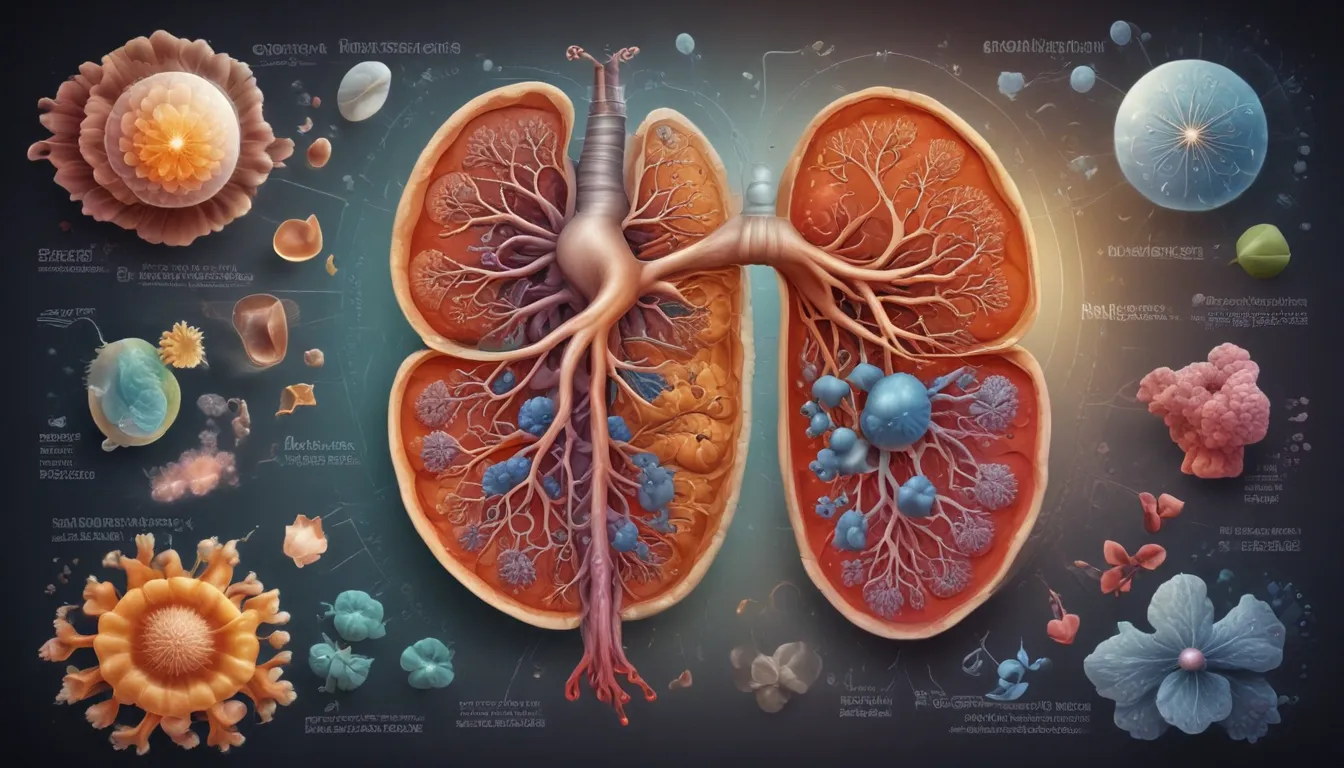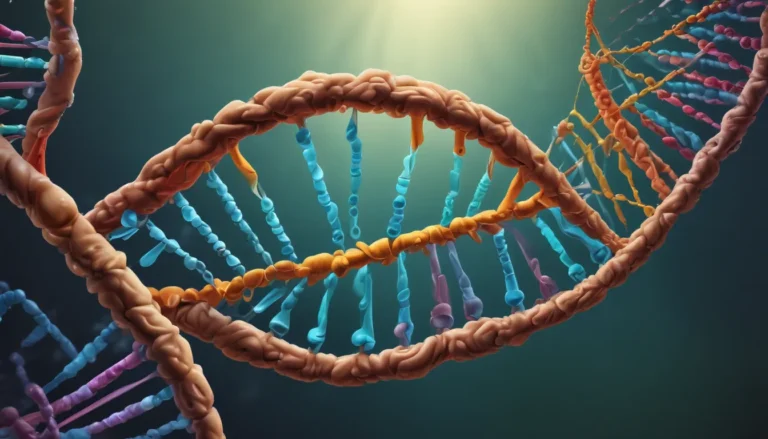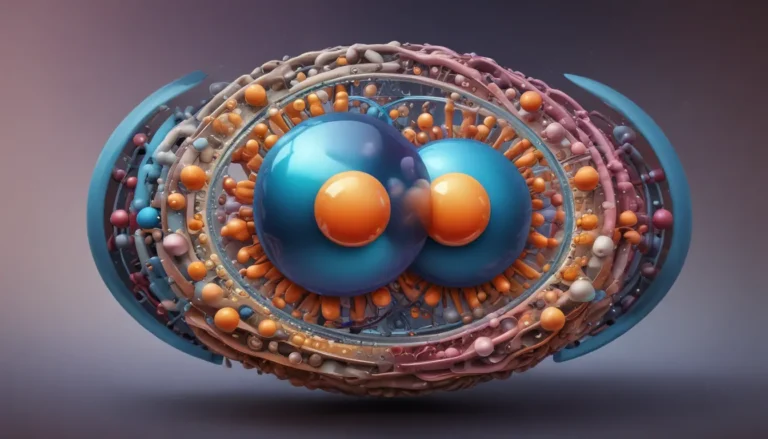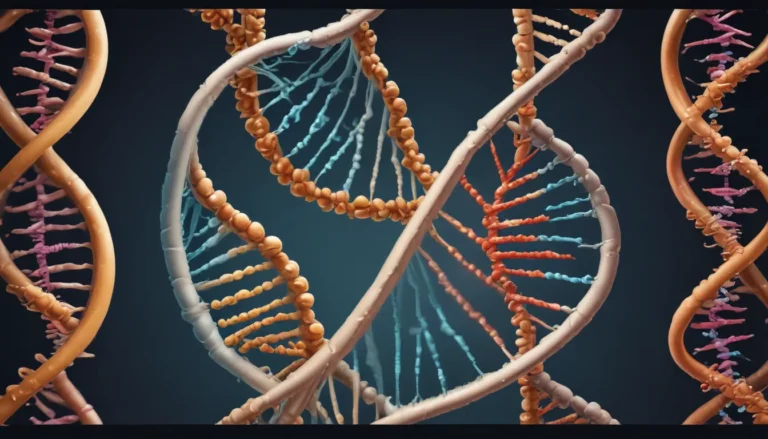A Note About Images: The images used in our articles are for illustration purposes only and may not exactly match the content. They are meant to engage readers, but the text should be relied upon for accurate information.
Cellular respiration is a vital biological process that fuels the functioning of all living organisms, serving as a powerhouse within cells to convert nutrients into energy. While many are familiar with the basic concept of cellular respiration, there are intriguing and lesser-known facts that unveil the complexity and significance of this fundamental process. In this article, we will delve into ten surprising facts about cellular respiration, offering a deeper understanding of its inner workings and the remarkable role it plays in sustaining life.
The Essence of Cellular Respiration
- Cellular respiration is the transformative process that harnesses energy from food to power all living things, operating seamlessly within cells like a well-oiled machine. This biological mechanism has evolved over billions of years to efficiently produce energy and maintain the health of living organisms, embodying a crucial element in the circle of life.
Unveiling the Intricacies of Cellular Respiration
Cellular Respiration: A Key to Energy Production in all Living Beings
Cellular respiration, occurring in the mitochondria of eukaryotic cells and the cytoplasm of prokaryotic cells, is a cornerstone process that converts glucose and other organic molecules into usable energy in the form of adenosine triphosphate (ATP). This fundamental mechanism ensures that cells have the energy required to perform their myriad functions and sustain life.
The Duality of Cellular Respiration: Aerobic and Anaerobic Pathways
While aerobic respiration, reliant on oxygen, is the most efficient form of cellular respiration, some organisms can engage in anaerobic respiration, also known as fermentation, in the absence of oxygen. Although anaerobic respiration yields less ATP, it allows cells to continue generating energy in environments deprived of oxygen, showcasing the adaptability and resilience of living organisms.
The Metabolic Symphony: Complex Biochemical Reactions of Cellular Respiration
Cellular respiration encompasses a series of intricate biochemical reactions, including glycolysis, the citric acid cycle, and the electron transport chain. These interconnected processes are finely regulated to optimize ATP production while minimizing the formation of detrimental byproducts, highlighting the precision and efficiency of cellular respiration.
The Powerhouse of Energy: The Electron Transport Chain Dominates ATP Synthesis
The electron transport chain serves as the pinnacle stage of cellular respiration, where the majority of ATP is synthesized through a cascade of redox reactions. This highly efficient process facilitates the transfer of electrons along the chain, culminating in the production of ATP and providing cells with the energy necessary for their functions.
Fueling the Fire: Beyond Glucose in Cellular Respiration
While glucose serves as the primary substrate for cellular respiration, other molecules, such as fatty acids from lipids and amino acids from proteins, can also act as fuel sources. Cells possess the capability to break down these diverse molecules and channel them into the cellular respiration pathway, showcasing the versatility and adaptability of cellular metabolism.
Symbiosis in Action: The Interconnectedness of Photosynthesis and Cellular Respiration
Photosynthesis and cellular respiration form a symbiotic relationship that sustains life on Earth. Through photosynthesis, plants harness energy from sunlight to produce glucose, which is subsequently utilized by cells through the process of cellular respiration to generate ATP and support cellular activities, highlighting the intricate balance of energy flow in ecosystems.
Balancing the Cycle: Carbon Dioxide as a Byproduct of Cellular Respiration
During the breakdown of glucose in cellular respiration, carbon dioxide is released as a byproduct. This carbon dioxide travels through the bloodstream to the lungs, where it is exhaled, contributing to the carbon cycle and aiding in the regulation of carbon levels in the environment, showcasing the harmonious interaction between cellular respiration and the ecosystem.
Influential Factors: Chemicals and Medications Impacting Cellular Respiration
Various substances, including cyanide and statins, can influence cellular respiration by either inhibiting or enhancing the process. While cyanide acts as a potent inhibitor of cellular respiration and poses grave risks at high concentrations, certain medications like statins can enhance cellular respiration and boost energy production in cells, highlighting the delicate balance of external influences on cellular metabolism.
The Nexus of Health and Disease: Cellular Respiration’s Role in Human Well-being
Disruptions in cellular respiration can have profound implications for human health, giving rise to conditions such as mitochondrial diseases characterized by impaired cellular respiration. These disorders can manifest in a spectrum of symptoms and health complications, underscoring the pivotal role of cellular respiration in maintaining overall well-being and the importance of advancing treatment strategies for such ailments.
A Glimpse Into Ancient Origins: The Evolution of Cellular Respiration
Cellular respiration stands as an ancient metabolic pathway that has evolved over billions of years, tracing its origins to the earliest prokaryotic cells and witnessing refinement and optimization over time. The intricate efficiency and complexity of cellular respiration vividly portray its crucial role in sustaining and perpetuating life on Earth, showcasing the enduring legacy of this fundamental biological process.
In Conclusion
In summary, cellular respiration emerges as a captivating and indispensable process that underpins the vitality of all living organisms. By exploring these ten surprising facts about cellular respiration, we have uncovered the multilayered intricacies of this biological mechanism and its profound impact on the functioning of cells.
From the stages of glycolysis to the electron transport chain, the interconnectedness of photosynthesis, the versatility of fuel sources, and the potential impact of external factors on cellular respiration, we have gained deeper insights into the fascinating realm of cellular metabolism.
As we navigate the realm of biology, cellular respiration stands as a cornerstone topic that continues to inspire research and exploration. Through a nuanced understanding of its nuances and the unexpected revelations surrounding it, we can cultivate a profound appreciation for the awe-inspiring processes unfolding within our cells.
FAQs
Q: What is cellular respiration?
A: Cellular respiration is the process by which cells convert energy from food into a usable form, typically ATP (adenosine triphosphate), to power various cellular activities.
Q: How is cellular respiration different from photosynthesis?
A: While cellular respiration is the process of breaking down food molecules to release energy, photosynthesis is the process by which plants and some other organisms convert sunlight, carbon dioxide, and water into glucose and oxygen.
Q: How many stages are there in cellular respiration?
A: Cellular respiration consists of three main stages: glycolysis, the Krebs cycle (also known as the citric acid cycle or TCA cycle), and the electron transport chain.
Q: Does cellular respiration only occur in humans and animals?
A: No, cellular respiration occurs in all living organisms, including plants, fungi, and bacteria.
Q: Can cellular respiration occur without oxygen?
A: Yes, cellular respiration can occur without oxygen through a process called anaerobic respiration or fermentation. However, this process produces less ATP compared to aerobic respiration.
Our commitment to delivering trustworthy and engaging content is at the heart of what we do. Each fact on our site is contributed by real users like you, bringing a wealth of diverse insights and information. To ensure the highest standards of accuracy and reliability, our dedicated editors meticulously review each submission. This process guarantees that the facts we share are not only fascinating but also credible. Trust in our commitment to quality and authenticity as you explore and learn with us.






